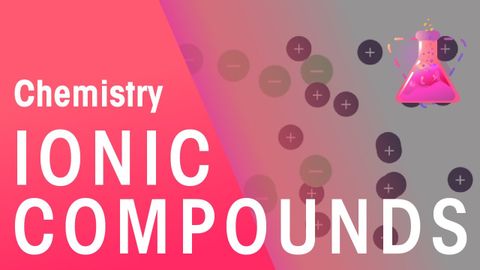離子化合物及其性質 | 物質的性質 | 化學 | FuseSchool (Ionic Compounds & Their Properties | Properties of Matter | Chemistry | FuseSchool)
 沒有此條件下的單字
沒有此條件下的單字- n. (c./u.)範本;典範;圖案;花樣;模式;方式;規律;紙樣
- v.t.仿造;用圖案裝飾
US /ˈpɑzɪtɪv/
・
UK /ˈpɒzətɪv/
- adj.積極的;建設性的;確定的;正極的;積極的;有利的;陽性的;樂觀的;正數的;正像的
- n.正片
US /ˈprɛzəns/
・
UK /ˈprezns/
- n.在場;出席;冥冥中有人的存在感;風度;出席者;在場者;影響力;勢力;高頻率
US /ˈnɛɡətɪv/
・
UK /'neɡətɪv/
- n.負電極的;否定詞;否定句;底片
- adj.消極的;負的;負面的;否定的;陰性的;負電的
